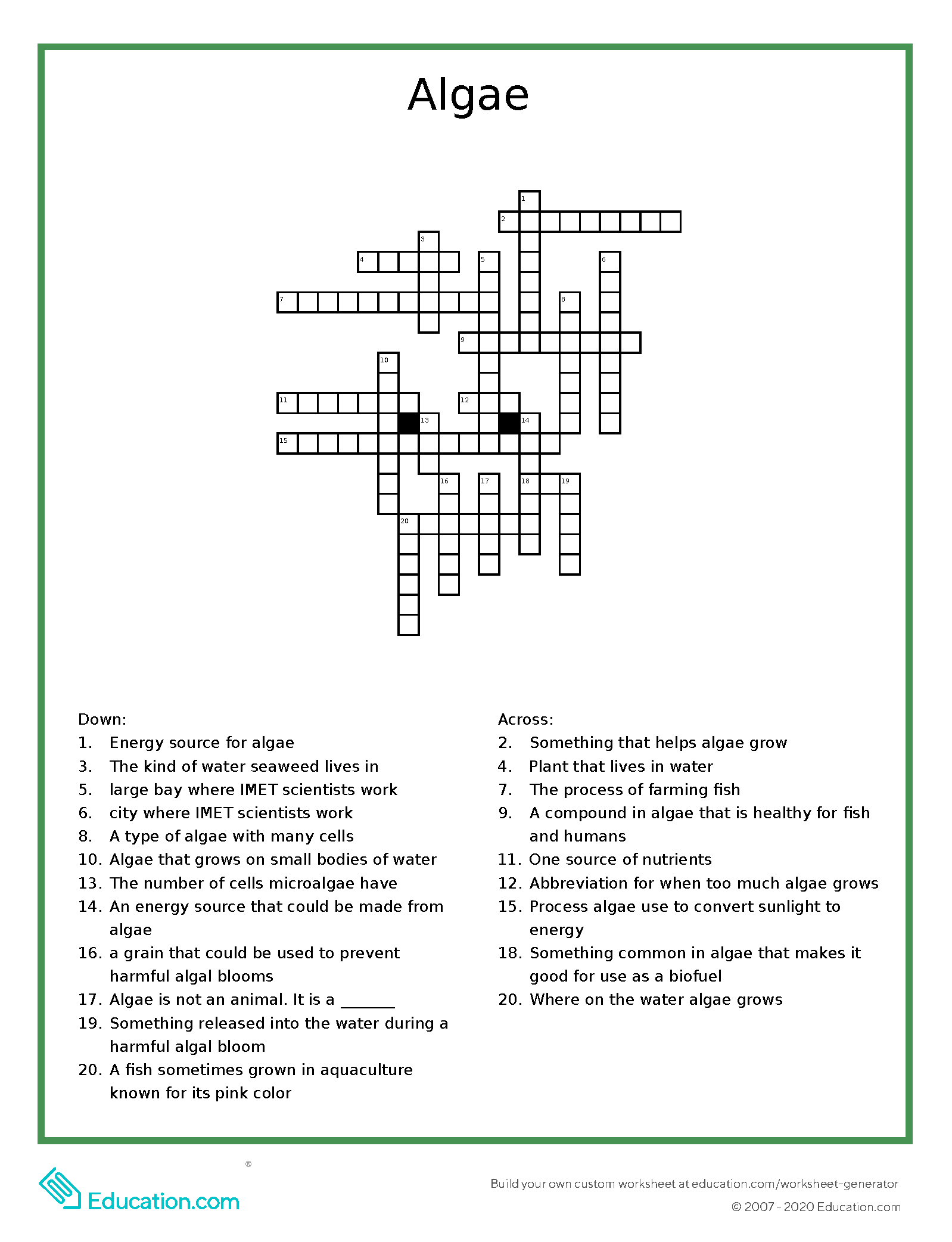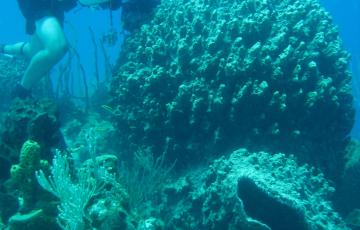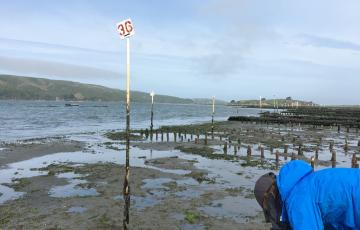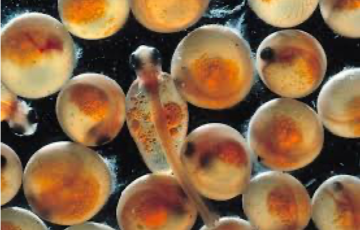All about Algae
To download the activity page on algae, click here.
What is Algae?
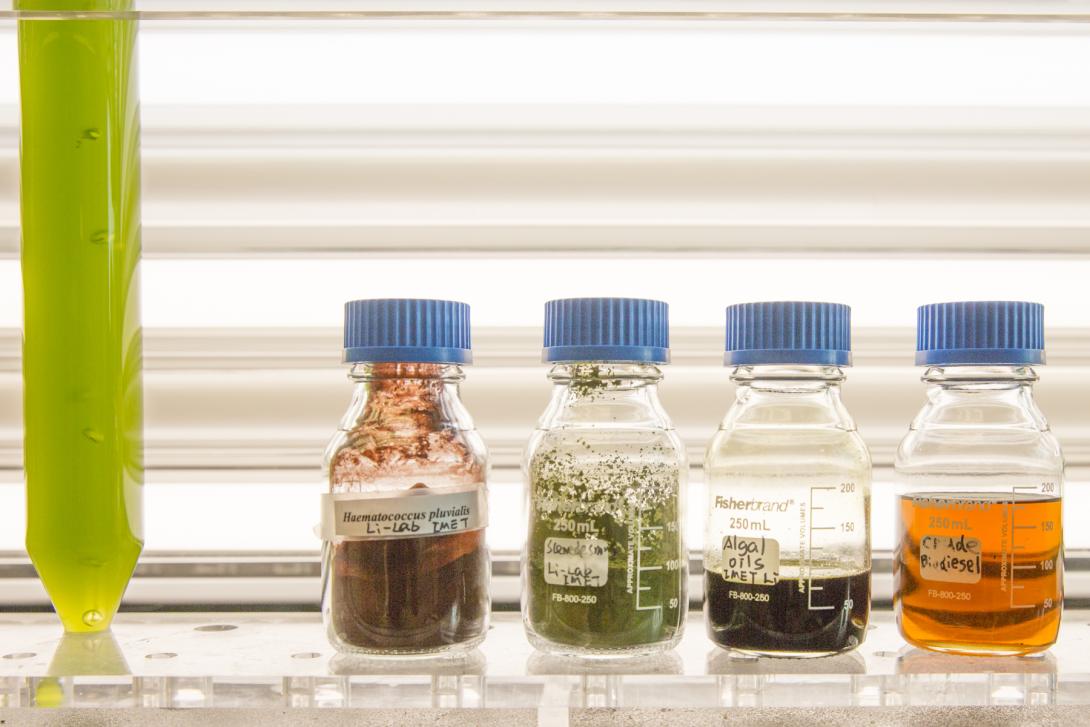
Algae are plants that live in both freshwater and saltwater environments. You may have heard people refer to some algae as pond scum because it can form a layer on the top of ponds. Algae live on or near the surface of water, so that they can receive sunlight. They use sunlight to produce energy in a process called photosynthesis.
Some algae are multicellular, which means that they have many connected cells. Animals like humans are also multicellular. These algae are also called seaweed! They typically live in salty water and create an important habitat for fish.
Other algae are unicellular, meaning that the entire plant only has one cell. These are called microalgae and include a wide range of diverse organisms.
Why do IMET scientists study algae?

1.Algae as fish feed: Algae are nutritious for fish grown in aquaculture, which is the process of farming fish. Algae produce omega-3 fatty acids, which are important for the health of fish. We use algae to feed the fish we raise, like salmon, sea bass, and tilapia.
2. Algae as an energy source: My friends are working to make a biofuel from algae. A biofuel is a source of energy from a plant or other organic material. Algae may be a good source of fuel because it is high in fat.
3. Harmful algal blooms: Sometimes, too much algae grows in our water. This happens when there are a lot of nutrients in the water from farming and other human activities. Some algae can release toxins that are harmful to fish. This is called a harmful algal bloom (HAB). My friends are using new techniques, such as filtering water through barley to prevent HABs in Baltimore and the Chesapeake Bay.
